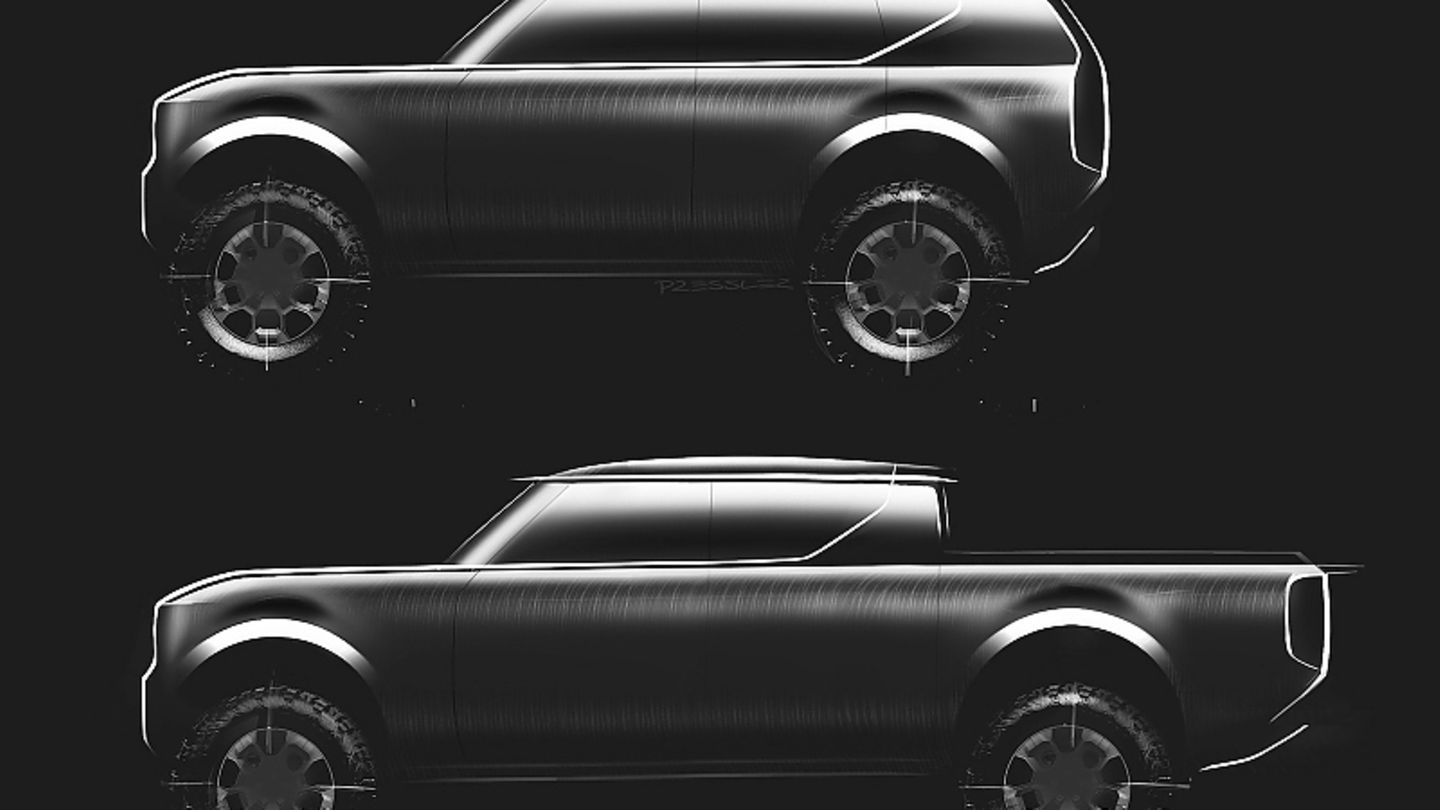The US is luring German automakers into their country with massive investments. For many EU politicians, this subsidy policy amounts to a new breed of protectionism, but several factors play a role in why the dollar walls are so high.
The 45th President of the United States of America has repeatedly emphasized: “America First”. In other words, that the USA puts its interests above those of other countries. And with all the consequences. Donald Trump’s two-word doctrine meant nothing other than the end of free trade, which had been pushed around the world since the 1990s. The economies should be able to offer their products freely and globally. Actually a wishful thinking for nations like the USA. But that was once.
Protectionism through the back door
Anyone who believes that the United States would reconsider under Trump’s successor Joe Biden is mistaken. Even the democratic president insists on the primacy of his own economy. The geopolitical situation underscores this idea. The Biden administration sees free trade as a threat to its country’s economic strength and thus its prosperity. As a result, borders are erected that are not recognizable as such at first glance and there is a risk of a relapse into the dark economic polymorphism of the 19th century. At first glance, the title “Inflation Reduction Act” (IRA) suggests a brake on inflation, but it is ultimately the cementing of US neo-protectionism.
What is the IRA about exactly? In short, the law is a gigantic $433 billion subsidy program. In relation to the automotive industry, this means: “Build your cars and batteries with us, we’ll give you money.” The subsidies even run into the billions. Waving the green bills doesn’t fail to have an effect: VW is planning to build two new factories instead of in Germany New factories in the USA: In the south of the USA, the cars of the revived Scout brand are to roll off the assembly line, a gigafactory is to follow. Audi is probably emulating the mother from Wolfsburg and is also planning one. “With the Inflation Reduction Act, the construction of a US plant for electric cars has of course become very attractive,” Audi boss Markus Duesmann told the “Frankfurter Allgemeine Sonntagszeitung”.
BMW is also following the lure of money in order to secure sales premiums in the large car market and is converting the plant in Spartanburg for a billion US dollars in order to be able to build electric cars there in the future. In the future, the batteries will be assembled in Woodruff (South Carolina), where a new production facility is being built for 700 million dollars. Since Mexico remains part of the free trade zone, a good 800 million dollars will flow into the plant in San Luis Potosí for the conversion to manufacture the “New Class” and the batteries. A bonus when buying an electric car is also planned. Every US citizen who buys a Stromer made in the USA including a battery receives a subsidy of 7,500 dollars for cars that cost a maximum of 55,000 dollars, for pick-ups or vans it is a maximum of 80,000 dollars.
However, this backdoor protectionism with financial incentives would not be possible on this scale if the high energy costs in Europe were not driving the car manufacturers into the open arms of the Americans. However, the US is not necessarily the bad guy that EU politicians paint it as. There is currently no bilateral trade agreement between the EU and the United States and the EU. Therefore, the so-called most-favoured-nation tariff is applied to trade between the two regions. There are clear differences between the US and the EU when it comes to these tariffs: for electric cars, the EU tariff is 7.5 percent higher than that of the USA (10 percent to 2.5 percent). With the prices for electric cars, that quickly adds up to several thousand euros or dollars.
“Car exports are one of the key pillars of German foreign trade. In 2022, for example, around 16 percent of German exports were for motor vehicles and motor vehicle parts alone,” according to an ifo Institute report from March of this year. If you take a closer look at the export figures, the proportion of vehicles with internal combustion engines is falling rapidly, while the number of electric cars is increasing. With a share of eight percent, the USA does not play a dominant role in exports. If you take the value of the exported BEVs into account, the USA is the second most important market behind the EU (27 percent) with a share of 13 percent of total exports. For the USA, Germany is the most important foreign supplier of purely electric passenger cars with a share of around 33 percent of the total value of US imports. If you look at the production location, around every second BEV sold by German manufacturers is also built in Germany. Unlike the models with internal combustion engines, the majority of them are made outside the EU.
The electric cars produced within Germany or the EU are therefore mainly affected by the IRA. “However, there are at least indications that the international production network of German manufacturers of electric cars could in future adapt to the production structure for passenger cars with combustion engines and that the electric cars for the US market will also be largely produced in North America in the future “, says the Ifo analysis. So the IRA does not fail to have the intended effect and sucks production capacities and thus jobs across the Atlantic.
Source: Stern
I’m a recent graduate of the University of Missouri with a degree in journalism. I started working as a news reporter for 24 Hours World about two years ago, and I’ve been writing articles ever since. My main focus is automotive news, but I’ve also written about politics, lifestyle, and entertainment.




